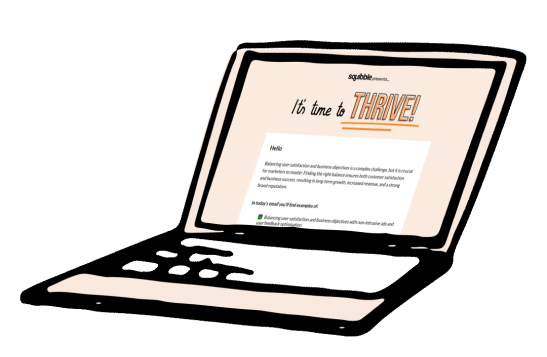From conversations I’ve had with local business owners recently most have told me that they have had to revaluate their business goals and sales targets.
For some COVID-19 has wiped their pipeline out and for others they’ve seen growth in new areas that they hadn’t considered before. Most of this growth is fuelled through online campaigns.
A lot of small businesses that previously survived on networking alone with little to no web presence have seen a huge drop in sales. Whereas companies who already had a strong online presence, particularly eCommerce stores have seen exponential growth.
“Online retail sales grew by 23.8% year-on-year in April, a 10-year high, according to figures released by the IMRG.”
Essential Retail
It goes without saying that this is a fairly logical approach as most retail stores had to close. However, with such a shift in buying behaviour it’s unlikely that we will go back to our old habits before the end of the year and this includes networking.
If you have been considering improving your online presence then consider these 3 powerful KPIs before you do. They will ensure you can measure the success of your campaigns.
Landing Page Conversion Rate
The landing page conversion rate plays a huge part in how successful your website is at converting users into customers. This is particularly important as currently we are investing more into paid adverts, podcasts and webinars. If you are driving traffic to any of these lead generators you need to measure them.
Typically a good conversion rate is 2.35% but is this good enough? It can be costly to drive traffic to your landing page so aim higher at closer to 5%.
You can easily work out conversion rates by using this formula: total number of visits / total number of actions (subscribers/purchases/completed contact forms) x 100
If you have a landing page with 2000 visits per month and 300 of those visitors completed a contact form. You divide 300 by 2000, which gives 0.15 multiply this by 100 = 15%
This enables you to the compare and contrast 2 landing pages so you know which version is more successful.
Average Session Duration
This is often an overlooked and underused KPI but is one of the most important for 2 reasons. The longer someone spends on your site the more engaged they are and the more likely they are to contact you. Number 2 Google favours sites with longer dwell times because it signals that the content contained within the site is valuable thus giving the site a welcome boost up the rankings.
Your website session durations are stored in your Google Analytics account. Be sure to block your IP so that your own website visits are not counted. This is particularly important if you are editing content because it will skew your data.
There are a number of ways you can increase your average session duration. These can include: video, strong imagery or thought leadership content that people want to read.
Page Load Time
It’s a fairly well known fact that people are impatient, especially when it comes to websites. The choice is so great that if a website takes too long we can close it and skip to the next site. Generally people do not like waiting for more than 3 seconds.
Your website may have the best content and engaging user experience but if your webpage is slow people won’t hang around.
Personally, I see a lot of slow WordPress sites that have huge bloated themes that are just not needed. Frustratingly for me ,it gives WordPress a bad name and it’s often not WordPress’s fault.
You can test your website load times at: https://developers.google.com/speed/pagespeed/insights/.
If it’s showing your page load speed at more than 4 seconds then you could be losing vital conversions.
Here are a few things to try:
- Remove any unwanted CSS
- Check your image sizes – typically they should be less than 300kb
- Lazy load images – this forces images ‘above the fold’ to load first and reduces the load time dramatically
- Remove homepage sliders – they are resource heavy and users are blind to them (these are usually the biggest culprit of slow load times)
Conclusion
It’s a particularly tricky time to be in business and the rules that existed before simply no longer apply.
That’s why, if you’re serious about growing your business, you need to implement the right KPIs from the start. If you take the guess work out you can make informed decisions that will help grow your business.






